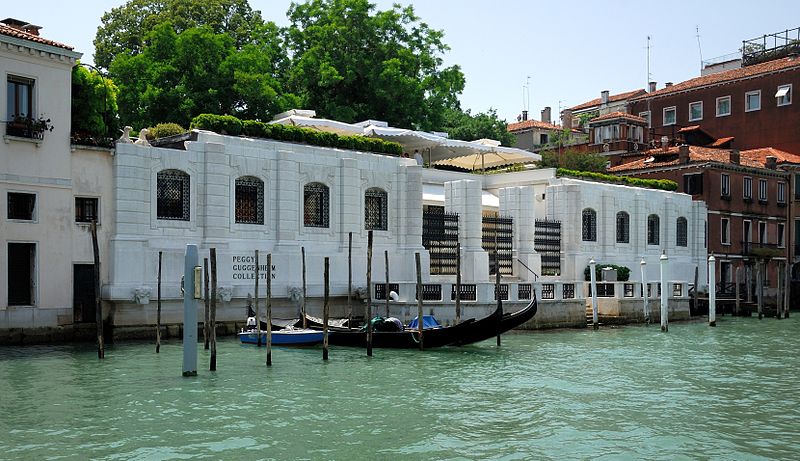Jackson Pollock Painting Returns to the Peggy Guggenheim Collection After Major Conservation
Alchemy, a large-scale, sumptuously-textured painting by the Abstract Expressionist Jackson Pollock has returned to the Peggy Guggenheim Collection in Venice after undergoing an extensive conservation. The work, one of Pollock’s earliest poured paintings, traveled to Florence’s Opificio delle Pietre Dure (Hard Stone Factory), where it underwent an analytical study, cleaning, and conservation. The painting’s surface, which features dense layers of enamel, alkyd, oil paint, twine, sand, and pebbles, had been dulled by dirt and grime that had accumulated over the years.
For the duration of the exhibition, Alchemy by Jackson Pollock: Discovering the Artist at Work, the painting is being presented without glass or plexiglas, providing an unprecedented look at the restored work’s astonishly vivid colors and sculptural surface. Visitors are guided through every technical aspect of the conservation process thanks to a multimedia installation that features video, 3D reproductions, touch-screens, interactive devices, and documentation and original items loaned from Pollock’s studio at the Pollock-Krasner House and Study Center in Long Island.
Findings from the exhaustive scientific analysis of Alchemy are illustrated in a short film that offers new insights into Pollock and his painting, furthering our understanding of the artist’s personality and his pioneering combination of traditional materials and unconventional practices. One major breakthrough made possible by the study was the discovery that Pollock relied on a rational plan for laying on Alchemy’s nineteen pigments. Previously, it was believed that the composition was made up of random spatters and drops. The long process of study and conservation revealed delicate traces of white paint, creating the semblance of a grid, which allowed for a precise compositional order.
The Alchemy project was part of a larger multi-phase conservation study of Pollock paintings. The works, which dated from 1942 to 1947, had been acquired directly by art dealer Peggy Guggenheim through her representation of Pollock at her New York Gallery, Art of This Century. Together, the works represent a key period in Pollock’s career, during which his paintings moved from figurative-abstract imagery to pure abstraction. During the first phase of the project, ten Pollock paintings underwent non-invasive scientific analysis that identified pigments, paint chemistry, and changes in composition. The study and conservation of Alchemy constituted the second part of the endeavor.
Alchemy by Jackson Pollock: Discovering the Artist at Work, which closes on April 6, 2015, will be followed by two other shows -- Jackson Pollock’s Mural: Energy Made, which is dedicated to the largest painting ever created by Pollock, and Visible Charles Pollock: A Retrospective, the first comprehensive exhibition to explore the work of the artist’s eldest brother.
































